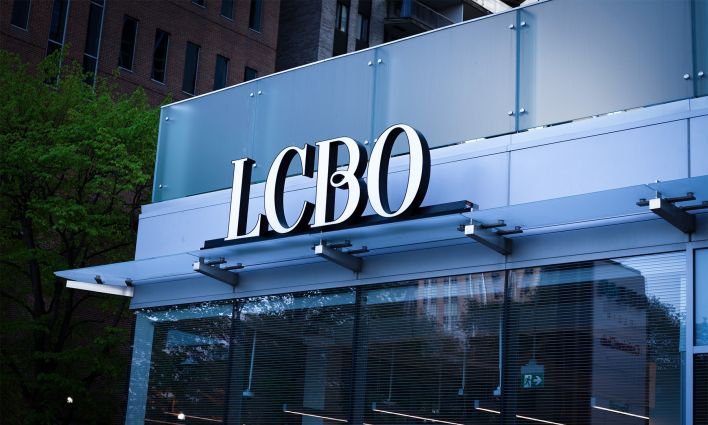In the past four years, a lot has happened in Ontario schools: class sizes increased, mandatory e-learning was introduced, and the COVID-19 pandemic triggered a full shutdown, followed by almost two years of temporary and partial closures, online and ‘hybrid’ learning.
On a good day it was hard to keep track of education funding. In past years, it has been exceptionally difficult to cut through the fog. That said, it is possible to get some straight answers to what happened in this period. If hyperbolic press releases and government announcements confuse more than explain, the public service provides undeniably duller but accurate information.
Most folks are concerned with the funding flowing directly to school boards (and from there, to schools), which make up close to 90% of the Ministry of Education’s budget. The Grant for Students Needs Projections documents are a great source, and they tell a straightforward story about what has happened since 2018.
In 2017-18, the 72 school boards in the province received a total of $23.9 billion. When we add 12% inflation over four years, and adjust for enrolment, boards should have received $27 billion in 2021-22 to maintain real per-student funding at 2017-18 levels. Instead, they received $25.4 billion, or $1.6 billion less, in today’s dollars.
We can do the same calculation on a per pupil basis: the 2017-18 allocation adjusted for inflation would have been $13,500, but boards only received $12,700 on average in 2021-22, or $800 less per student. Sixty-six of 72 boards received less funding in 2021-22, in real per-student terms.
The board-by-board breakdown is listed below. These estimates account for total enrolment changes, but not for changes in enrolment of specific groups of students tied to specific targeted grants. Those changes are relatively small and do not significantly change the overall funding picture.
Had everything remained the same over the past four years, school funding should have held constant; ideally, it would have been increased to address structural funding shortfalls like the massive school repair backlog. The past few years weren’t exactly ordinary, however, and the fact that schools are getting less funding than four years ago is disconcerting.
In consultation with education sector shareholders, CCPA-Ontario drafted a costed plan for Ontario schools titled Catching Up Together. It contains 13 recommendations that would address the pressures brought on by COVID-19 and tackle old problems like lead water pipes, understaffing, underpaid early education childhood specialists, and inadequate supports for children with social and mental health needs. The report shows a strong public education system that allows all children to recover from these difficult years is possible, and at reach.
Ontario’s public education system has been built by generations of Ontarians that invested boldly and worked hard so future generations had better opportunities. It would be a shame if our generation dropped the ball.







